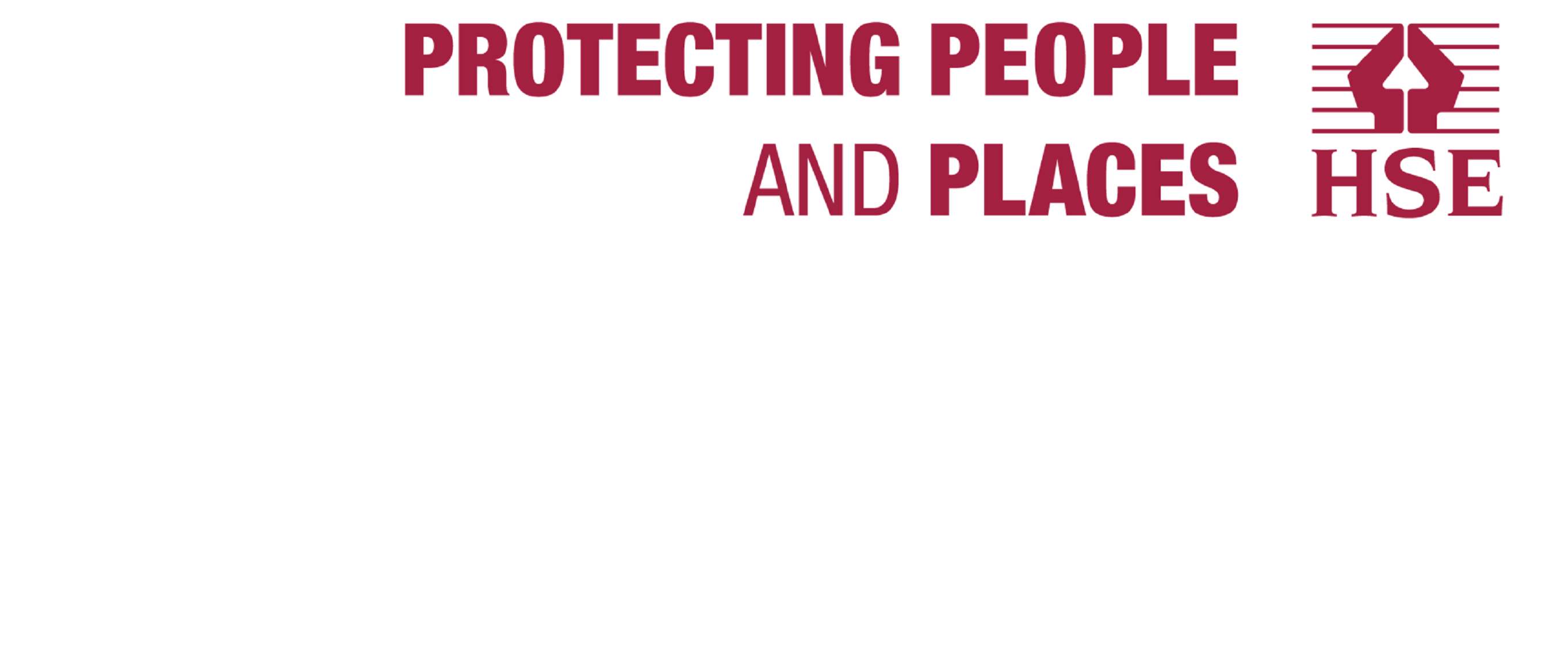
18.1K
Downloads
13
Episodes
In 2022, The Health and Safety (HSE) launched a new 10-year strategy: Protecting People and Places. This is strategy that reflects HSE’s role at its broadest. A role that goes beyond worker protection, to include public safety assurance on a range of issues, as we adapt to new technologies, the government’s commitment to the net zero agenda, and HSE’s added responsibilities, including becoming the appointed Building Safety Regulator, and our extended role in chemical regulation, post Brexit. This Health and Safety Executive (HSE) series of free podcasts will cover a range of subject matters to help businesses and workers understand HSE’s strategic priorities, its campaigns and the main challenges we collectively need to address.
Episodes

Thursday May 09, 2024
The duty to manage asbestos in buildings
Thursday May 09, 2024
Thursday May 09, 2024
In this podcast, HSE experts discuss the legal obligation to manage asbestos in non-domestic buildings, highlight where asbestos is likely to be found and explain why it is dangerous.
Read the rest of this entry »
Wednesday Jul 12, 2023
Dust Kills: Controlling dust in construction
Wednesday Jul 12, 2023
Wednesday Jul 12, 2023
In this podcast, we discuss HSE’s Dust Kills construction campaign. Duncan Smith, Acting Head of Unit, Field Operations Division Health Unit at HSE and Abigail Bainbridge, Group Health, Safety & Environment, Director at Persimmon Homes, and Home Builders Federation H&S committee member, talk us through the risks of breathing in construction dust and what those working in construction need to know to ensure their respiratory health is protected at work.
Read the rest of this entry »
Thursday Apr 20, 2023
Disability in the Workplace
Thursday Apr 20, 2023
Thursday Apr 20, 2023
In this podcast, we discuss HSE’s simple principles and guidance to support disabled workers and workers with long term health conditions in the workplace.
Moya Woolley, Occupational Health Policy Team Leader at HSE and Rebecca Hyrslova, Policy Advisor at Federation of Small Businesses (FSB) discuss the guidance and Talking Toolkit to help businesses create an inclusive approach to workplace health.
Read the rest of this entry »
Wednesday Apr 05, 2023
Transport safety in farming
Wednesday Apr 05, 2023
Wednesday Apr 05, 2023
In this podcast, we discuss HSE’s agriculture campaign Your Farm Your Future, focusing on the risks of transport on farms with moving vehicles being are the highest cause of deaths in British farming.
Adrian Hodkinson, Agriculture Sector Lead, at HSE and Brian Rees, Farmer and Safety Trainer discuss some of the most common issues and what farmers can do to make small changes to protect them, their families and workers.
Read the rest of this entry »
Wednesday Nov 16, 2022
Work-related stress, mental health, and Working Minds
Wednesday Nov 16, 2022
Wednesday Nov 16, 2022
In this podcast, HSE Chair Sarah Newton and Professor Cary Cooper, one the world’s foremost experts on wellbeing, discuss the importance of working in partnership to prevent work-related stress and to promote good mental health.
Amongst other things, the podcast covers HSE’s Working Minds campaign, which aims to ensure psychological risks are treated the same as physical ones, that employers recognise their legal duty to prevent work related stress to support good mental health in the workplace, and that they have the tools they need to do achieve this.
Read the rest of this entry »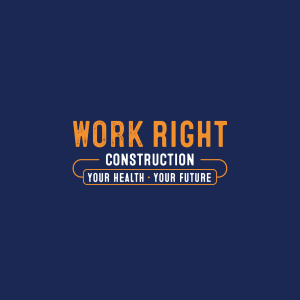
Friday Oct 21, 2022
Manual handling in construction
Friday Oct 21, 2022
Friday Oct 21, 2022
In this podcast, we discuss HSE’s latest construction initiative focusing on the risks of injuries and aches, pain and discomfort in joints, muscles and bones known as musculoskeletal disorders (MSDs).
With 40,000 construction workers reporting that they suffered with MSDs last year, Matt Birtles, Principal Ergonomics and Human Factors Consultant at HSE and Peter Crosland, National Civil Engineering Director at CECA discuss what the industry can do to promote change and protect its workforce.
Read the rest of this entry »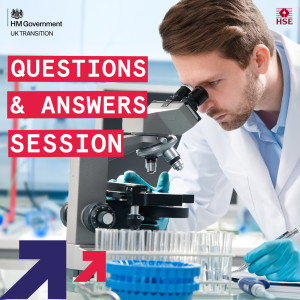
Friday Mar 26, 2021
Friday Mar 26, 2021
After UK Transition: Working with Chemicals - Episode - 6 - Questions and Answers session
The latest episode of HSE’s Working with Chemicals podcast series invites industry voices to answer questions from organisations relating to the GB chemicals regulations.
Whatever branch of chemicals industry you work in, we offer advice and guidance to support your business and point you in the right direction.
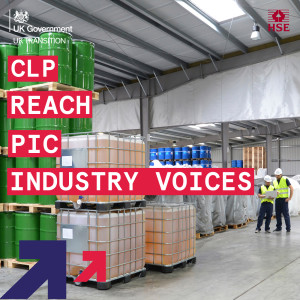
Tuesday Feb 09, 2021
Tuesday Feb 09, 2021
After UK Transition: Working with Chemicals - Episode - 5 - CLP, REACH, PIC and Industry voices
In this instalment, we invite two industry voices to discuss changes to Classification, Labelling and Packaging (CLP), Registration, Evaluation, Authorisation and Restriction of Chemicals (REACH) and Prior Informed Consent (PIC) regulations. We also explore the actions they have taken to keep their businesses moving following the end of the UK transition period.
Read the rest of this entry »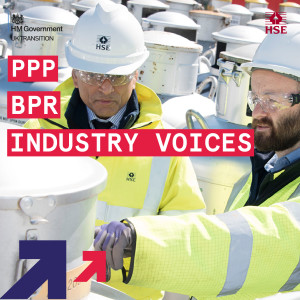
Thursday Jan 28, 2021
Thursday Jan 28, 2021
After UK Transition: Working with Chemicals - Episode - 4 - PPP, BPR and Industry voices
In this instalment, we invite two industry voices to discuss changes to Biocidal (BPR) and Plant Protection Product (PPP) regulations and explore the actions they have taken to keep their businesses moving following the end of the UK transition period.
Read the rest of this entry »
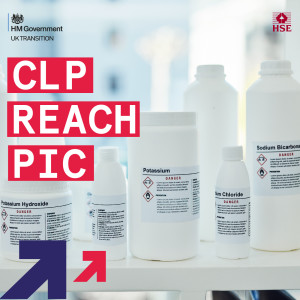
Tuesday Dec 22, 2020
After UK Transition: Working with Chemicals - Episode - 3 - CLP, REACH & PIC
Tuesday Dec 22, 2020
Tuesday Dec 22, 2020
After UK Transition: Working with Chemicals - Episode - 3 - CLP, REACH & PIC
In this episode, we are joined by Alun Williams, Lead for External Comms and Stakeholder Engagement from the Chemicals team at DEFRA and Andrea Caitens, CLP, PIC and REACG Transition Programme Lead, Future Readiness at HSE.
We discuss the key differences between EU to UK REACH, the roles and responsibilities in UK REACH actions that people and businesses need to take in relation to CLP and PIC.
Read the rest of this entry »